Maneki Neko the beloved Japanese “beckoning cat,” is more than a cute good-luck charm. Each of its colors, gestures, and accessories carries unique symbolic meaning rooted in centuries of tradition. Whether you’re looking to attract wealth, love, protection, or good health, choosing the right color is key.
Quick Color Guide:
White: Happiness & purity 🤍
Black: Protection from evil 🖤
Gold: Wealth & financial prosperity 🧡
Red: Health & strength ❤️
Pink: Love & romance 🩷
Green: Academic success 💚
Blue: Career growth 💙
Yellow: Harmony & family 💛
Calico: Ultimate luck (most powerful) 🤎
Maneki Neko Color Meanings and Symbolism
| Color | Meaning |
|---|---|
| White | Symbolizes purity and happiness. A popular choice for new beginnings like weddings or moving homes. |
| Black | Wards off evil spirits and offers protection, especially for women and families. Traditionally placed near entrances. |
| Gold | Attracts wealth and financial prosperity. Commonly seen in businesses and stores to increase sales. |
| Red | Promotes health and protection from illness. Historically linked to warding off smallpox and bad luck. |
| Pink | Represents love, romance, and harmony in relationships. Popular among those seeking a partner or to strengthen bonds. |
| Green | Associated with academic success and personal growth. A thoughtful gift for students and scholars. |
| Blue | Encourages wisdom, career advancement, and lifelong learning. Great for professionals and creatives. |
| Yellow | Brings family stability and harmonious relationships. Also associated with good friendships and household peace. |
| Calico | The luckiest and most traditional. Calico cats are rare in nature, symbolizing all-around fortune and happiness. |
The Maneki Neko's paw gesture is based on the Japanese way of beckoning, palm forward. Left paw raised attracts customers while the right paw invites money. Some versions even raise both paws but interpretations vary by region and era.
 Superstitions and Care Tips
Superstitions and Care Tips
- Can I buy one for myself? Yes—what matters is your intention, not who gifts it.
- Pet your cat: Some believe stroking your Maneki Neko energizes its luck, just like a real cat.
- Broken figure? Don’t throw it away casually. Tradition suggests taking it to a shrine for ritual disposal or purifying it with salt before discarding.
What Is Maneki Neko Day?
September 29 is officially Maneki Neko Day in Japan. The date is a pun—“9” (ku) and “2” (fu) form kuru fuku (来る福), meaning “Come, good fortune.” Celebrations across Japan include shrine visits, exhibitions, and even cat cosplay events.
Maneki Neko in Modern Pop Culture
Maneki Neko appears everywhere—from anime and video games to solar-powered figurines with waving arms. It’s a popular decoration in restaurants, Asian stores, and offices around the world.
Due to its presence in Chinatowns and Chinese-owned businesses, it's often mistaken as Chinese. But the Maneki Neko is uniquely Japanese—distinct in posture, origin stories, and design.
Fun Facts About Maneki Neko
- Calico cats are genetically rare, which is why Calico Maneki Neko is seen as the most auspicious.
- Solar-powered Maneki Neko with a waving paw are popular modern variations.
- The world’s largest Maneki Neko collection is housed at the Maneki Neko Museum in Seto City, Aichi.
Frequently Asked Questions
- Can I have more than one Maneki Neko? Absolutely! Many collectors keep different colors for various blessings.
- Does the direction it faces matter? Yes—Maneki Neko should face entrances to invite fortune into the space.
- Is it okay to place one in a bedroom? Yes, especially if it’s for love or health (pink or red).


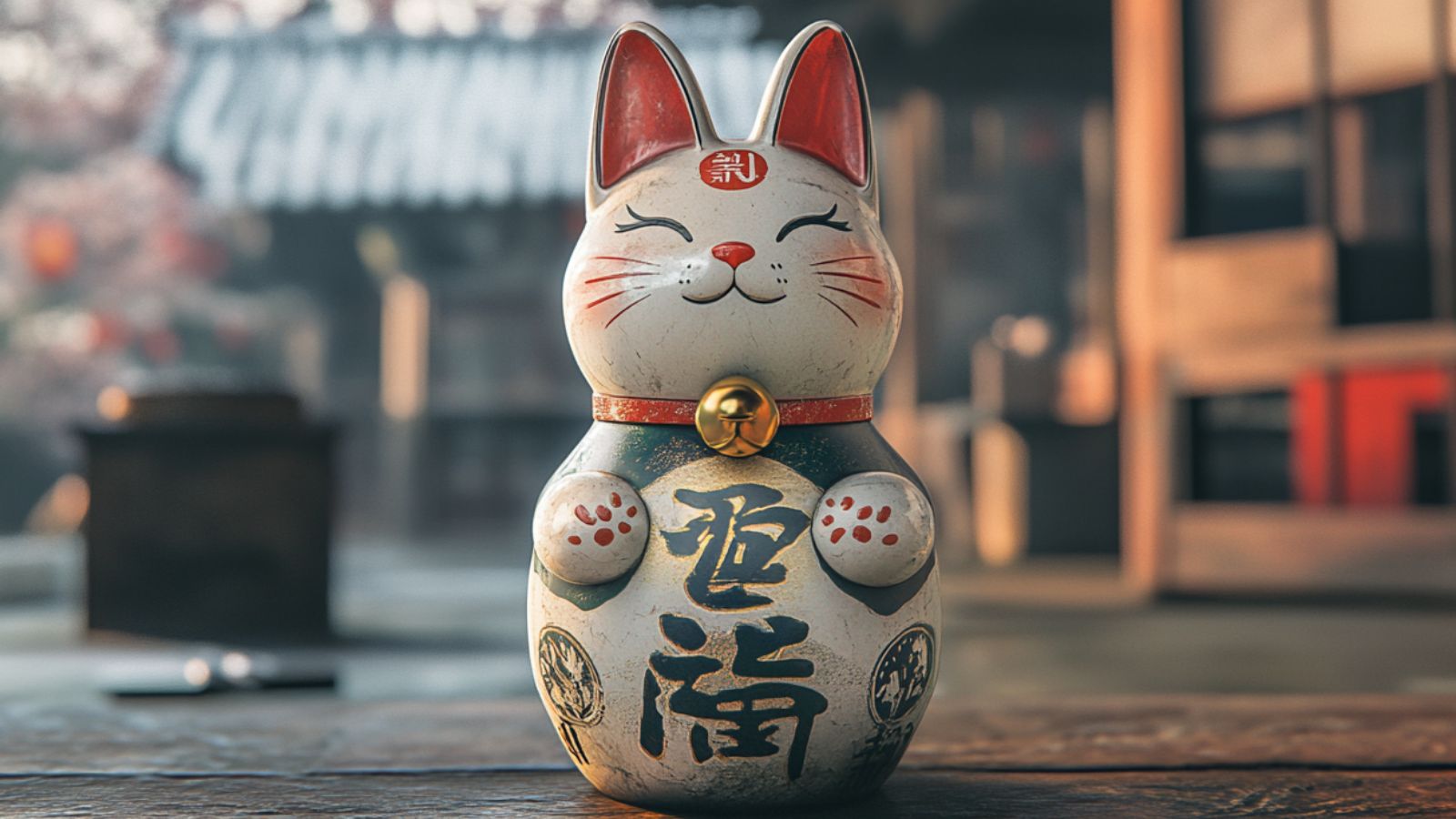

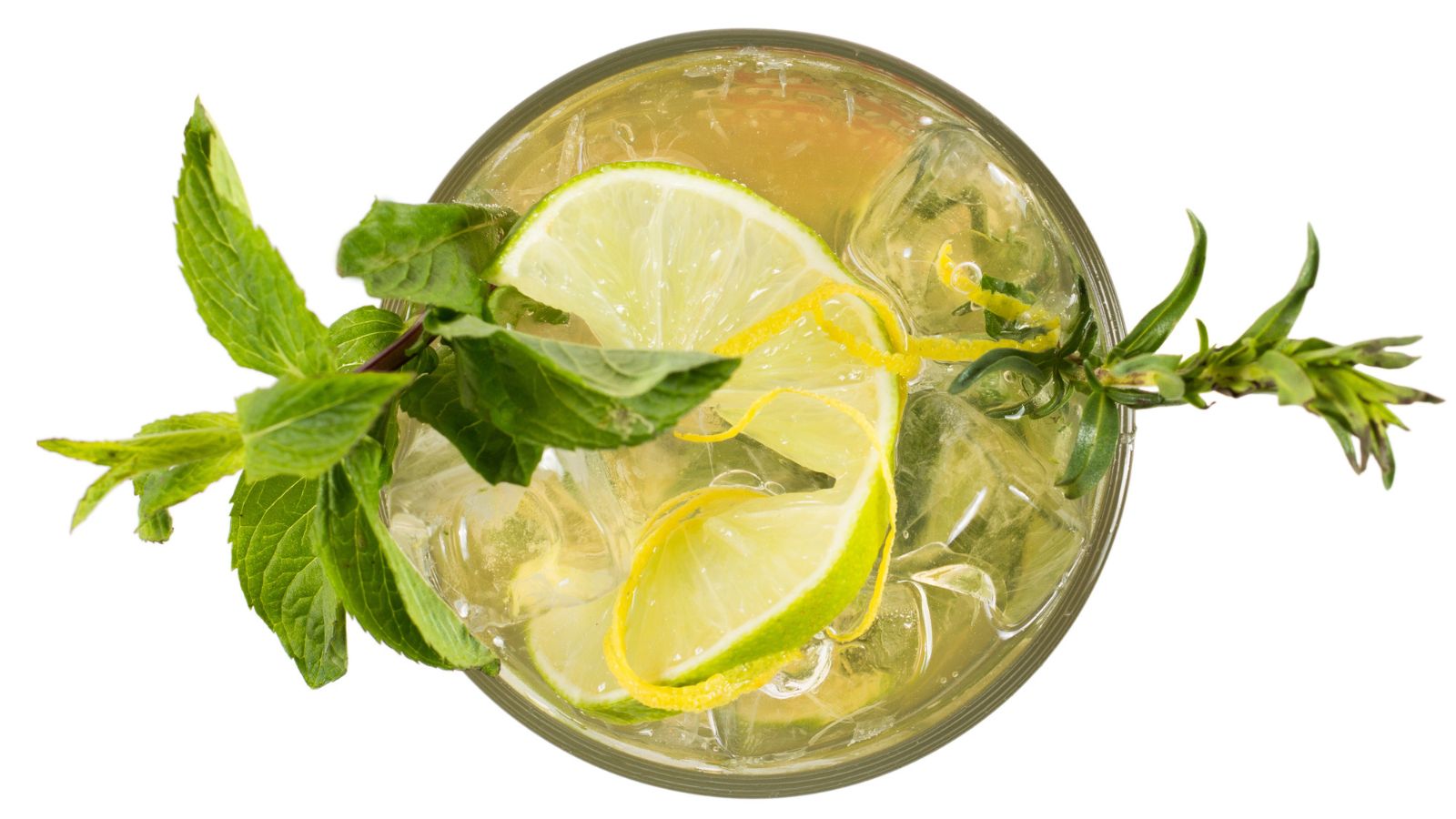
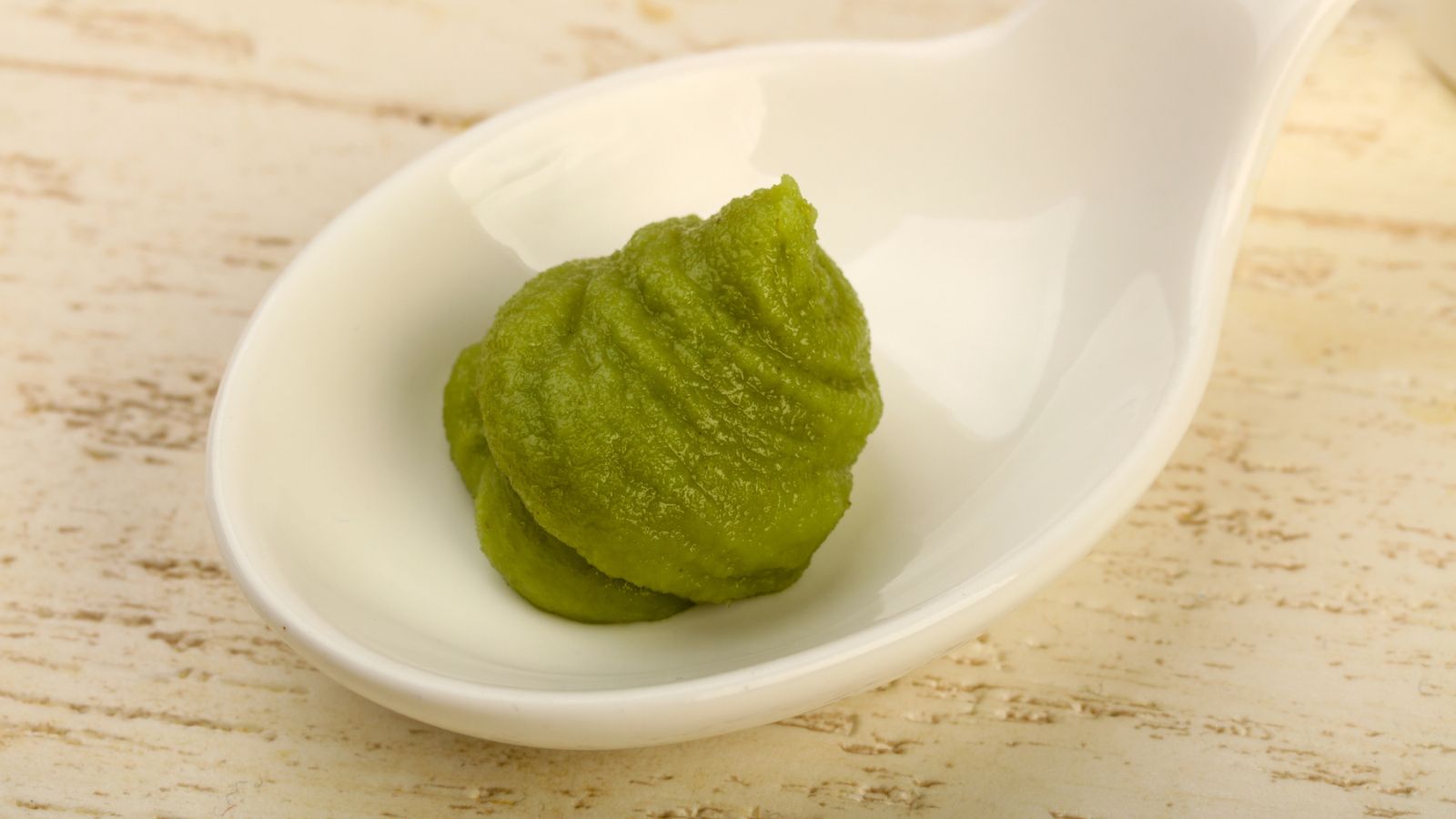
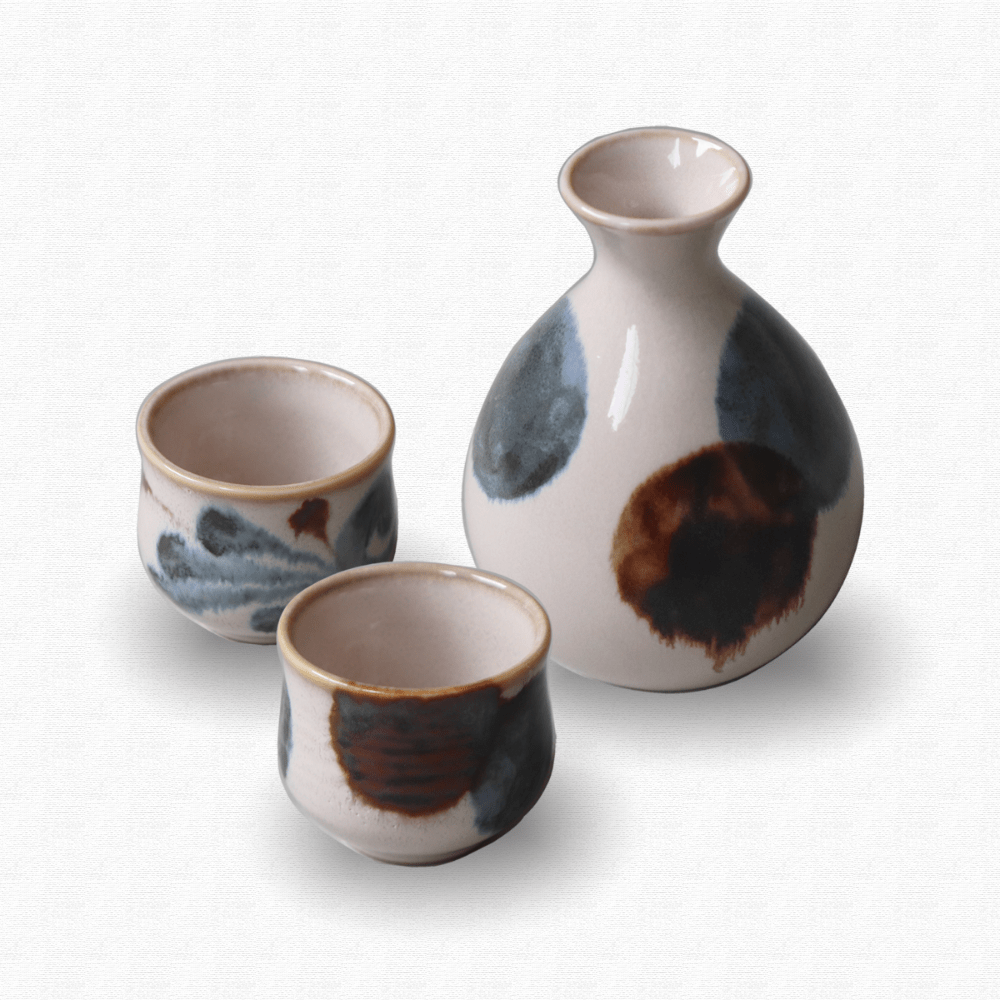
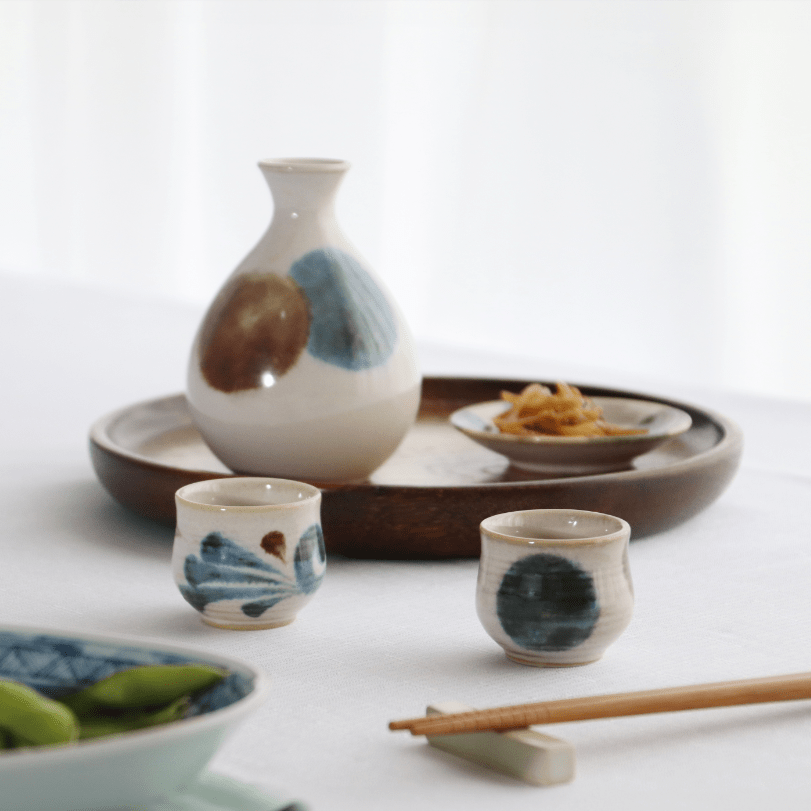
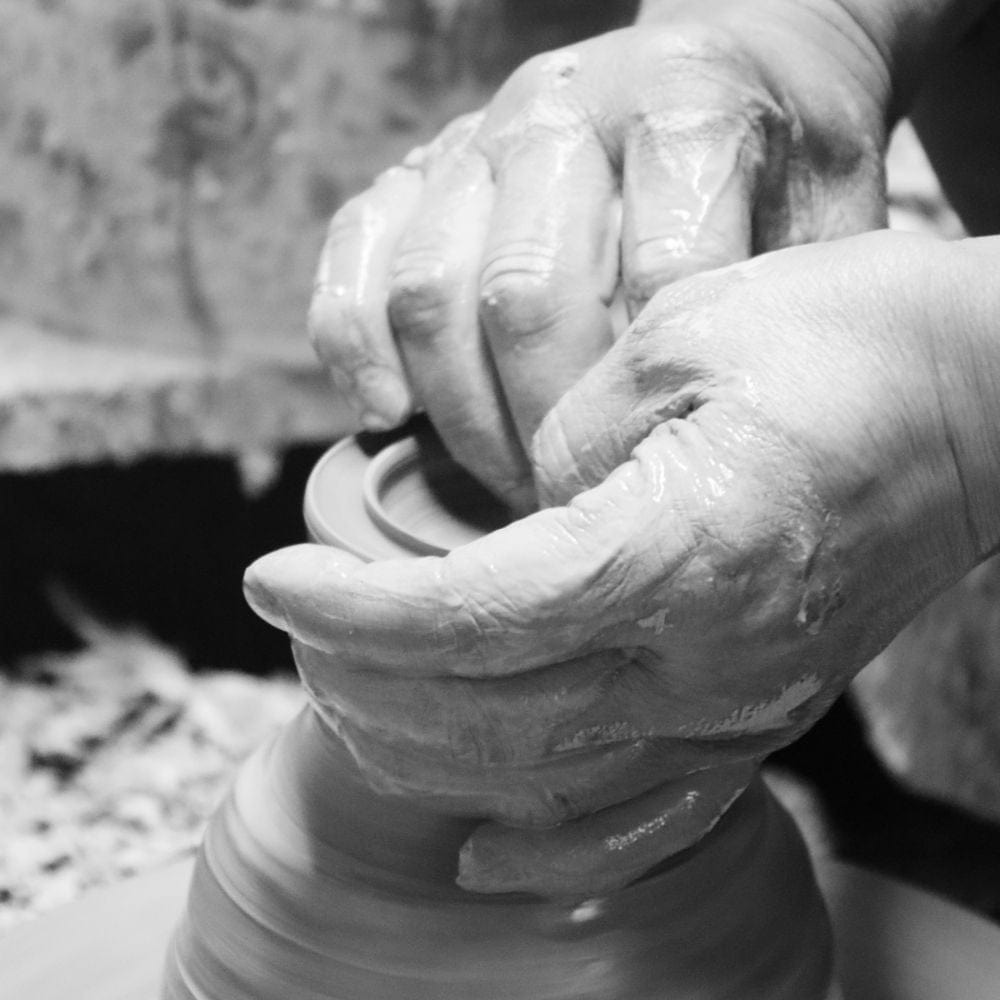
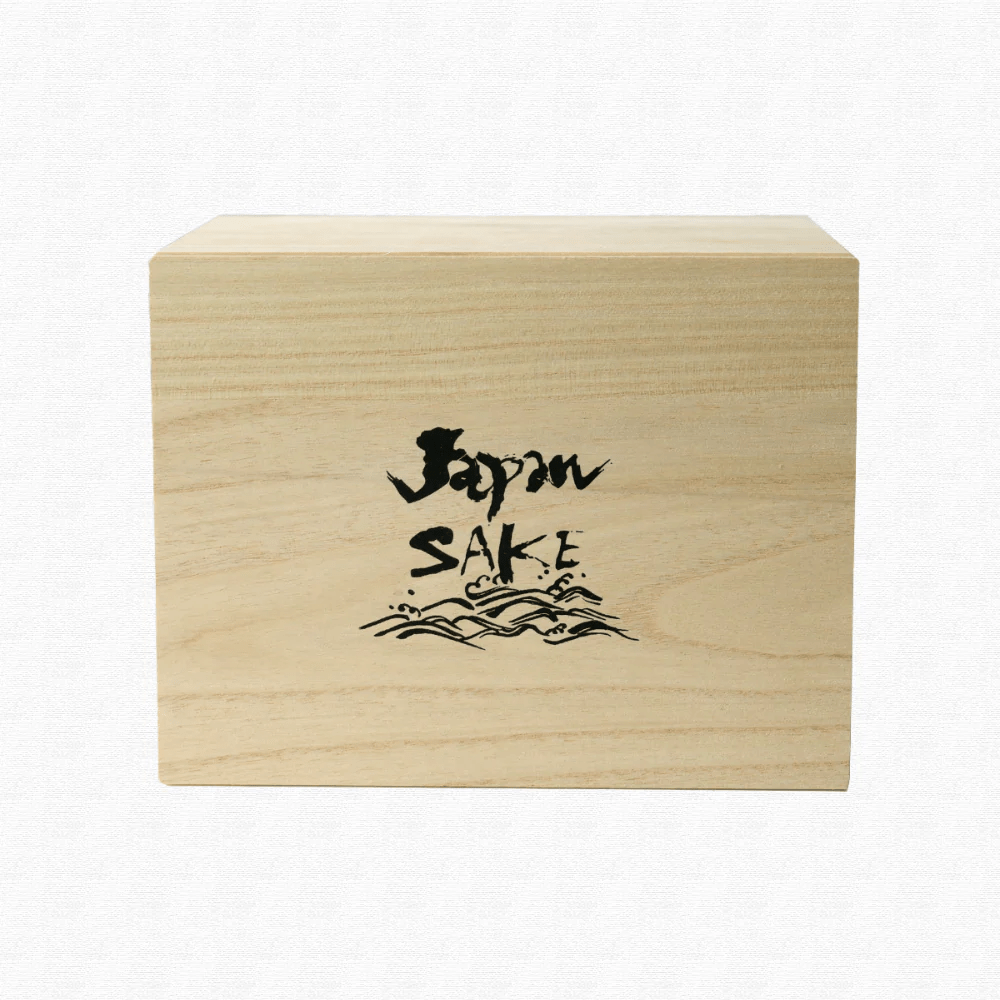
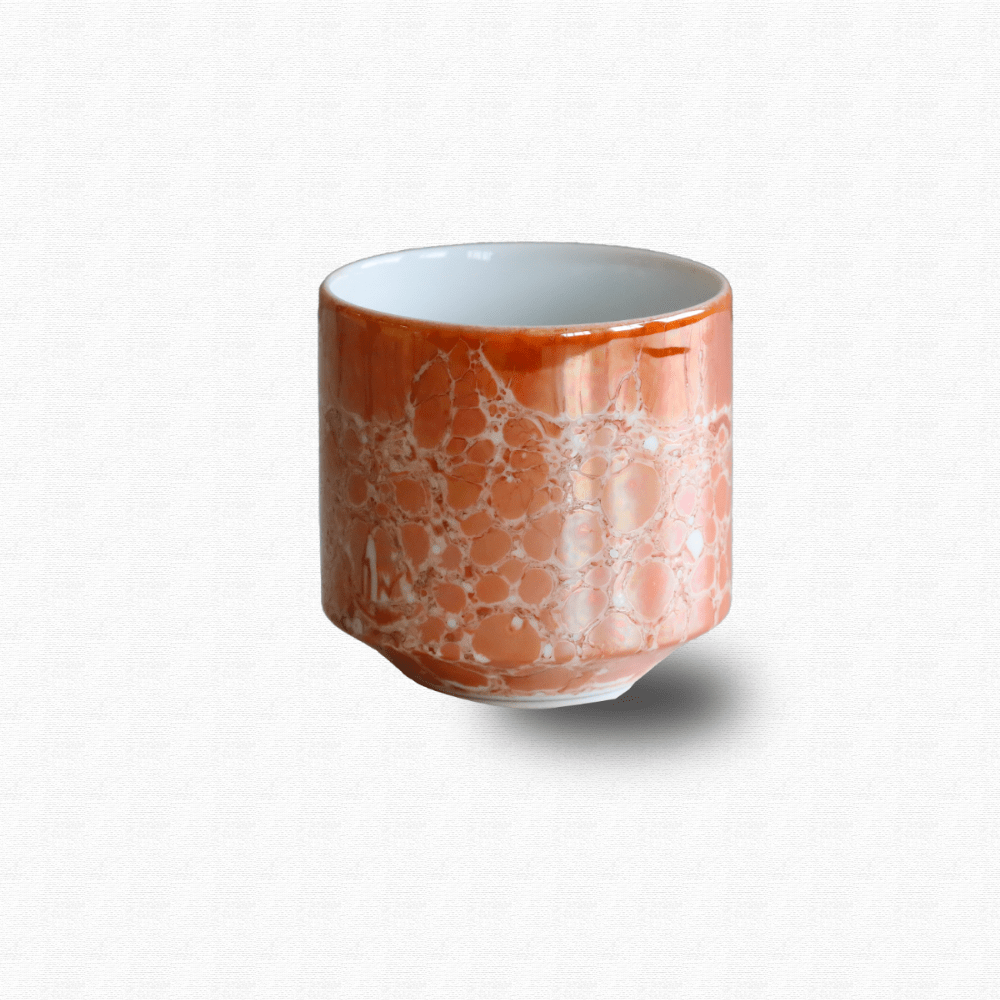

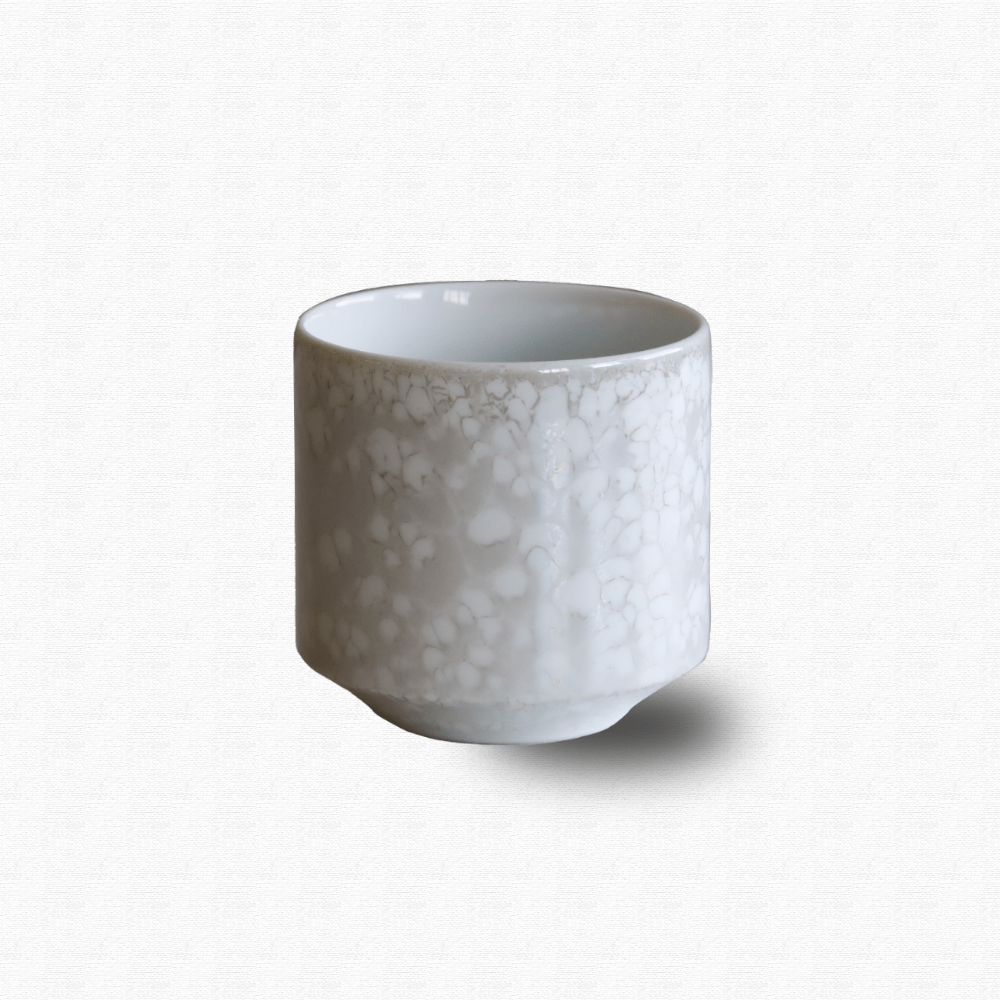
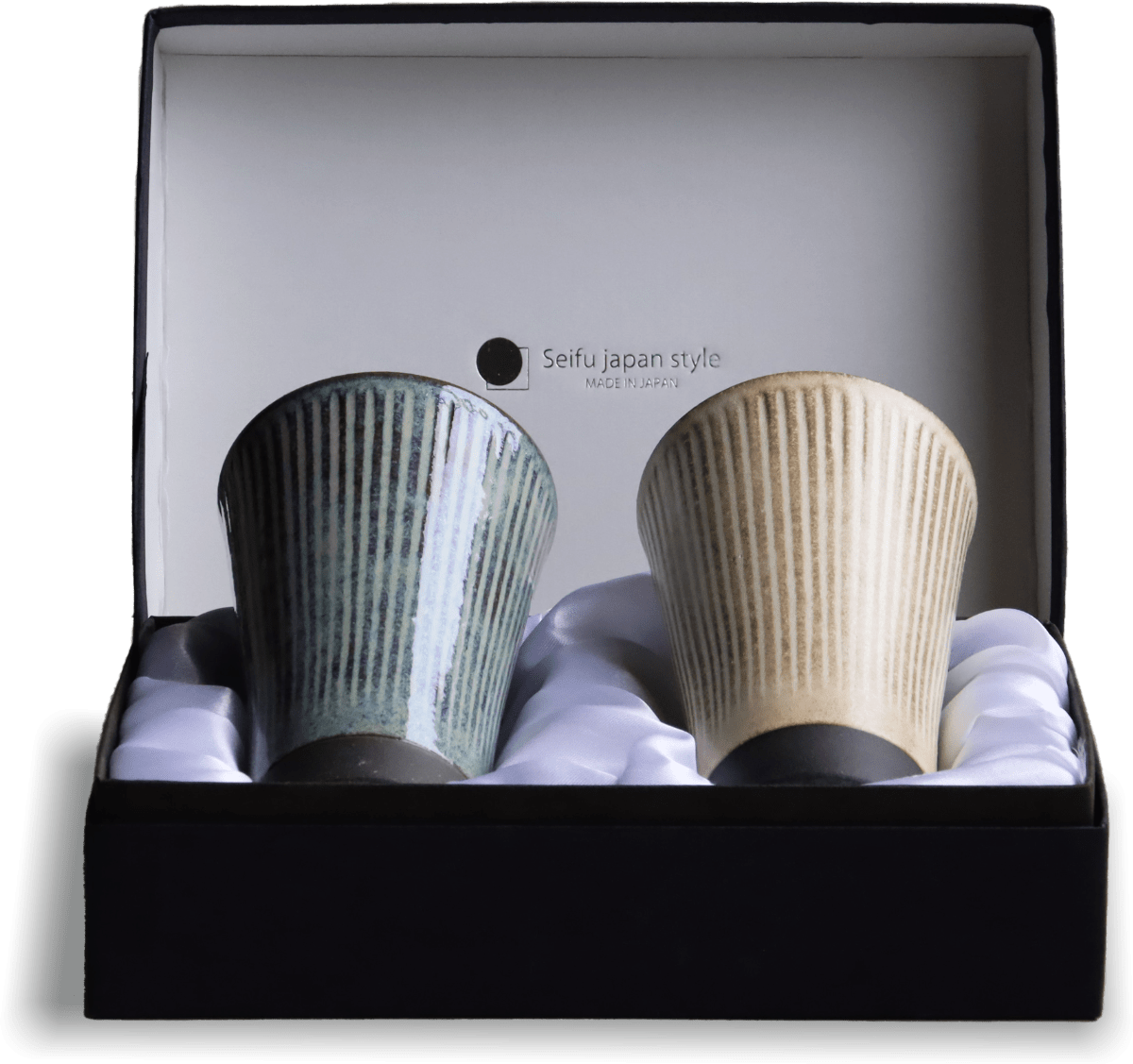
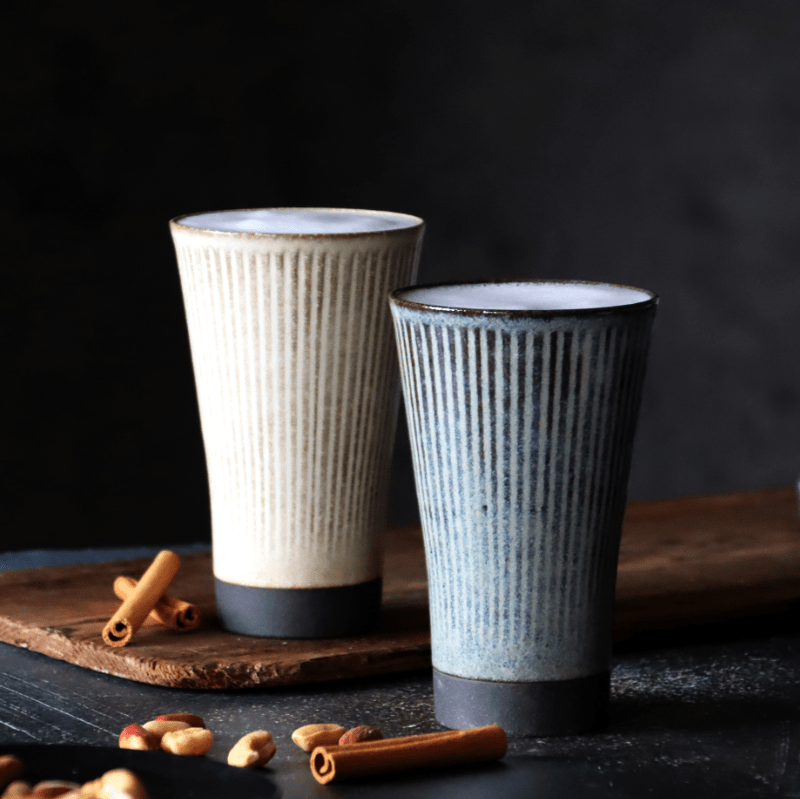
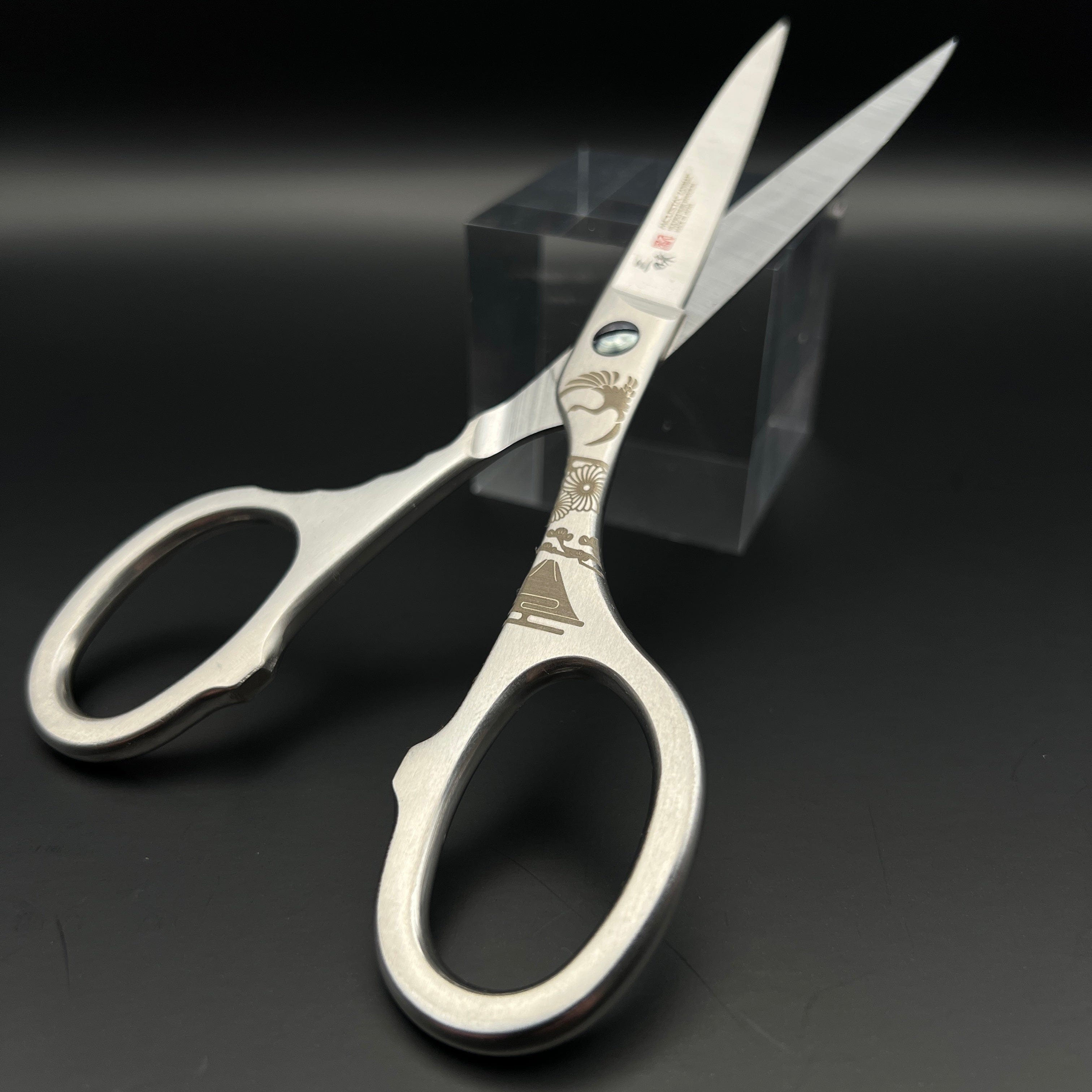
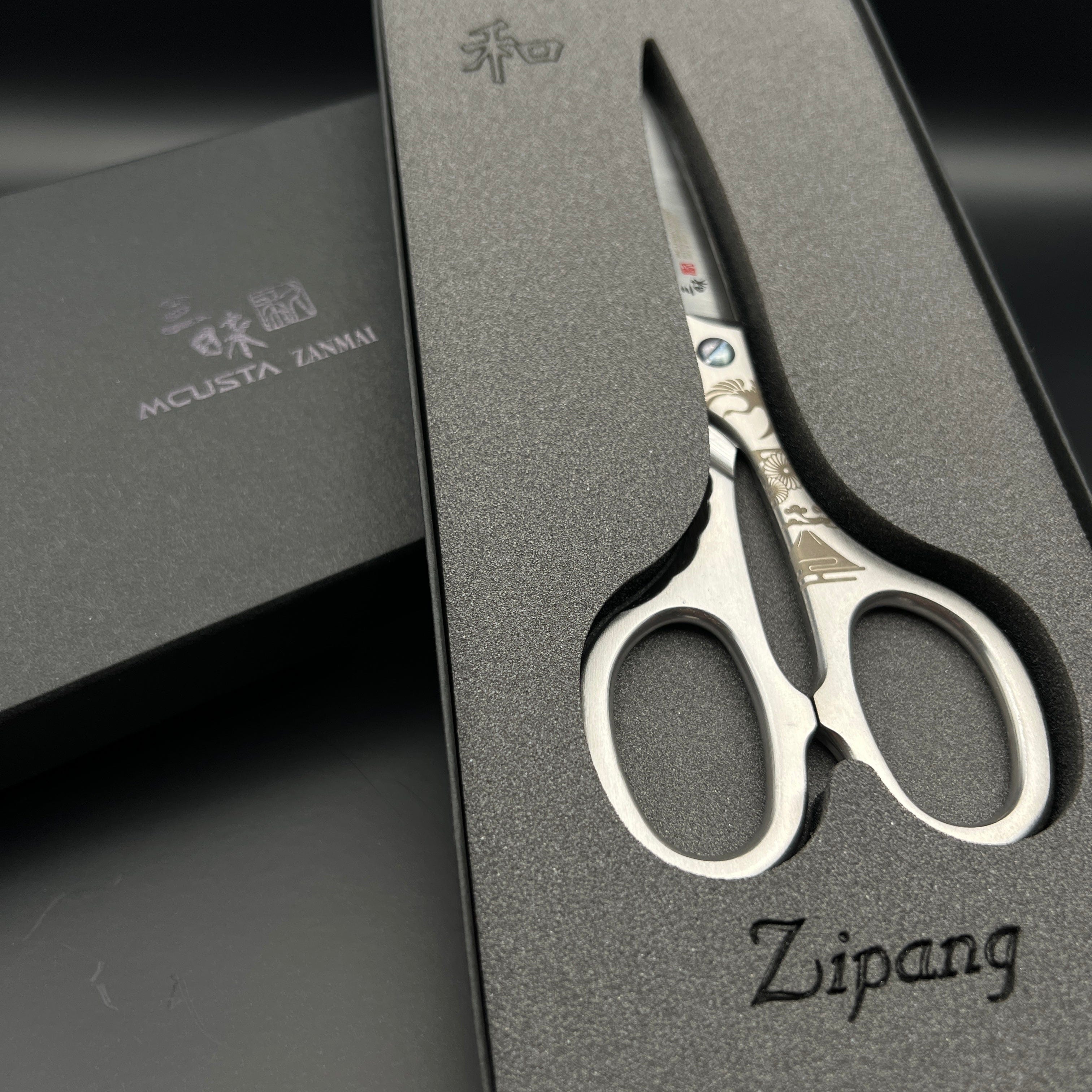
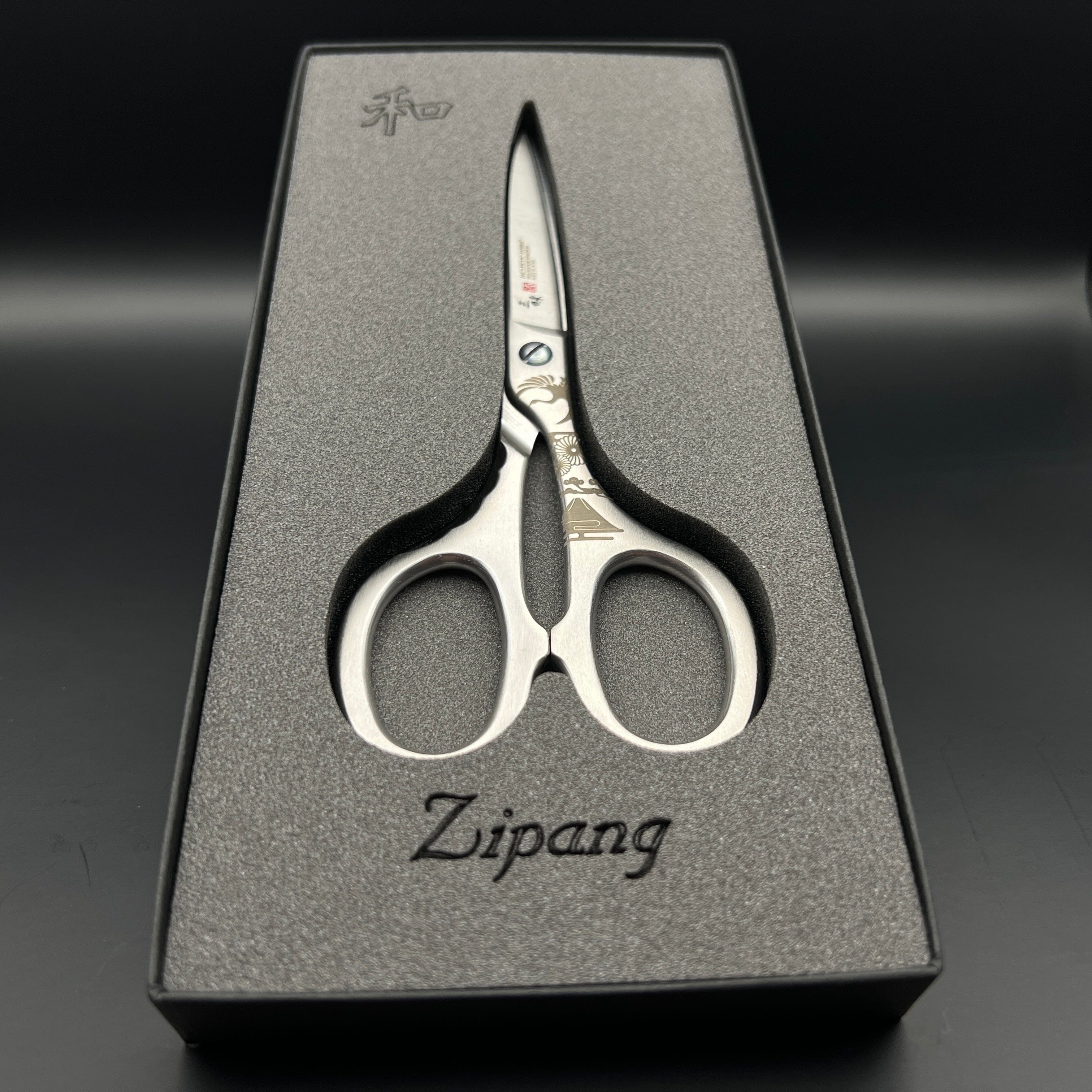
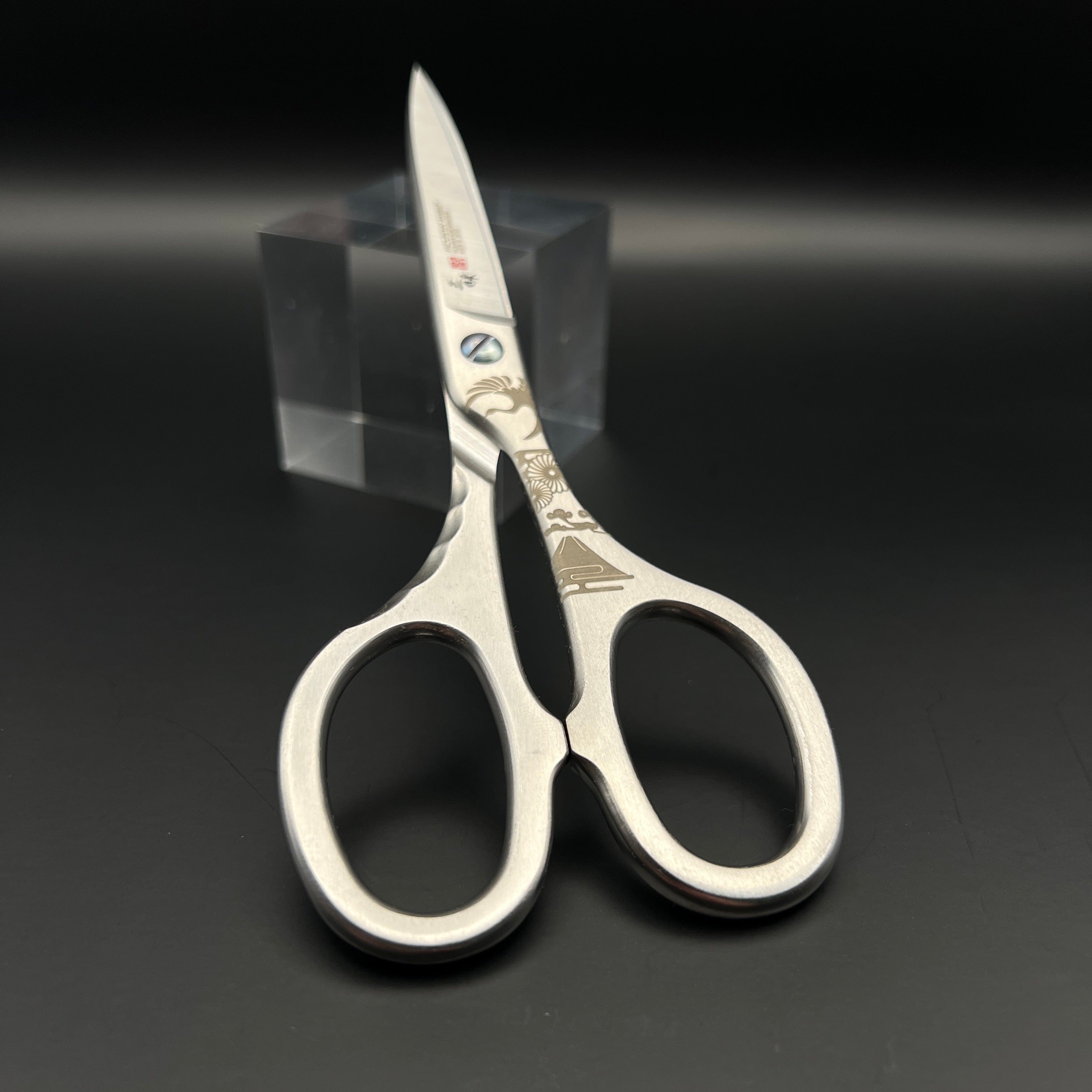
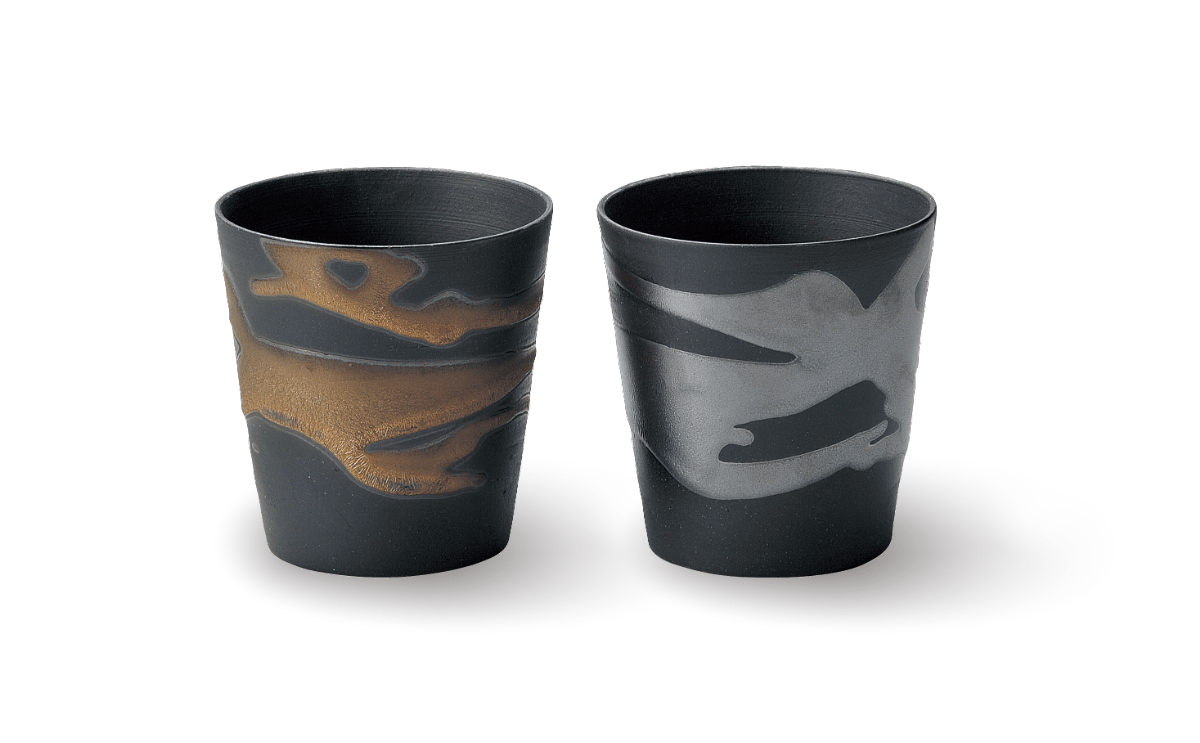
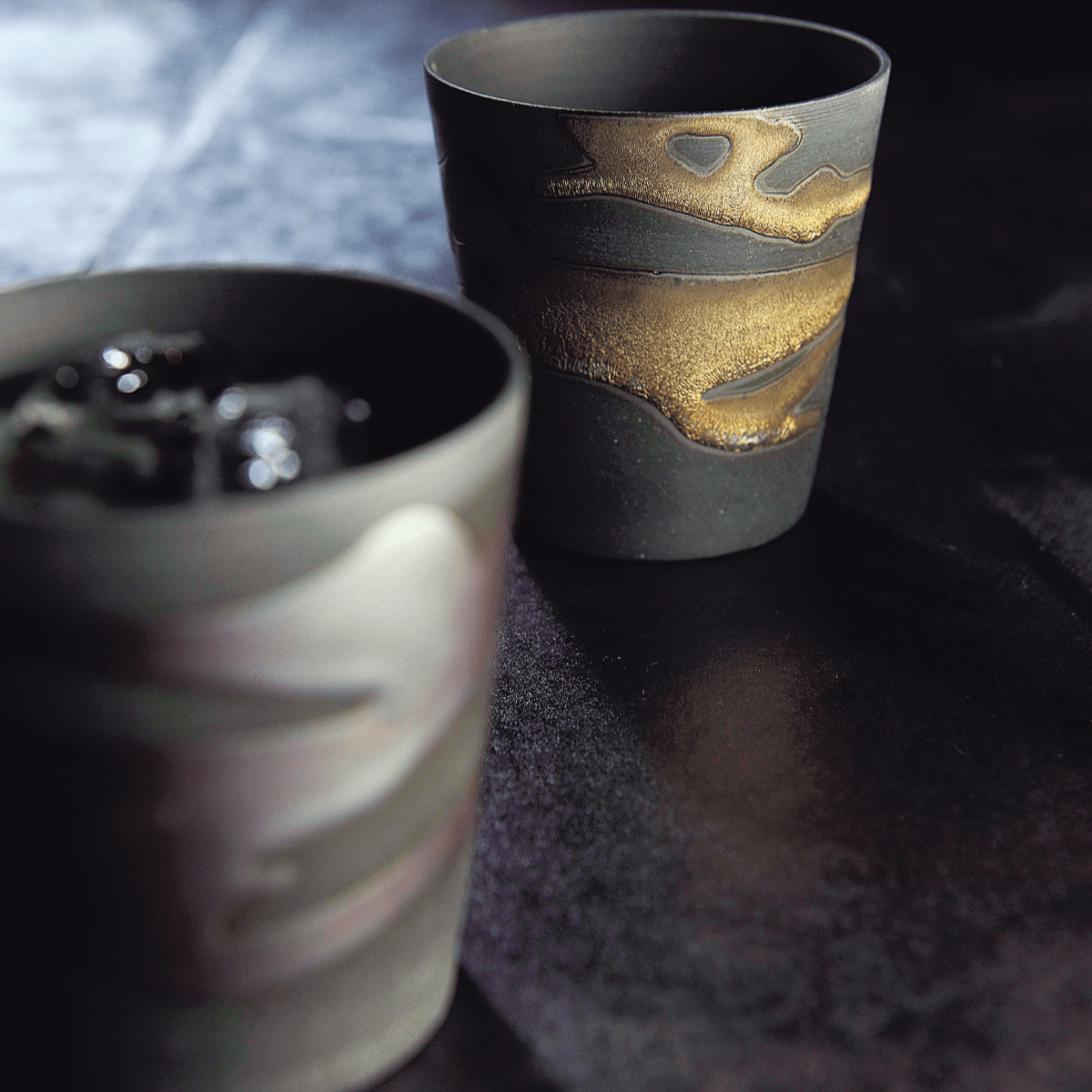
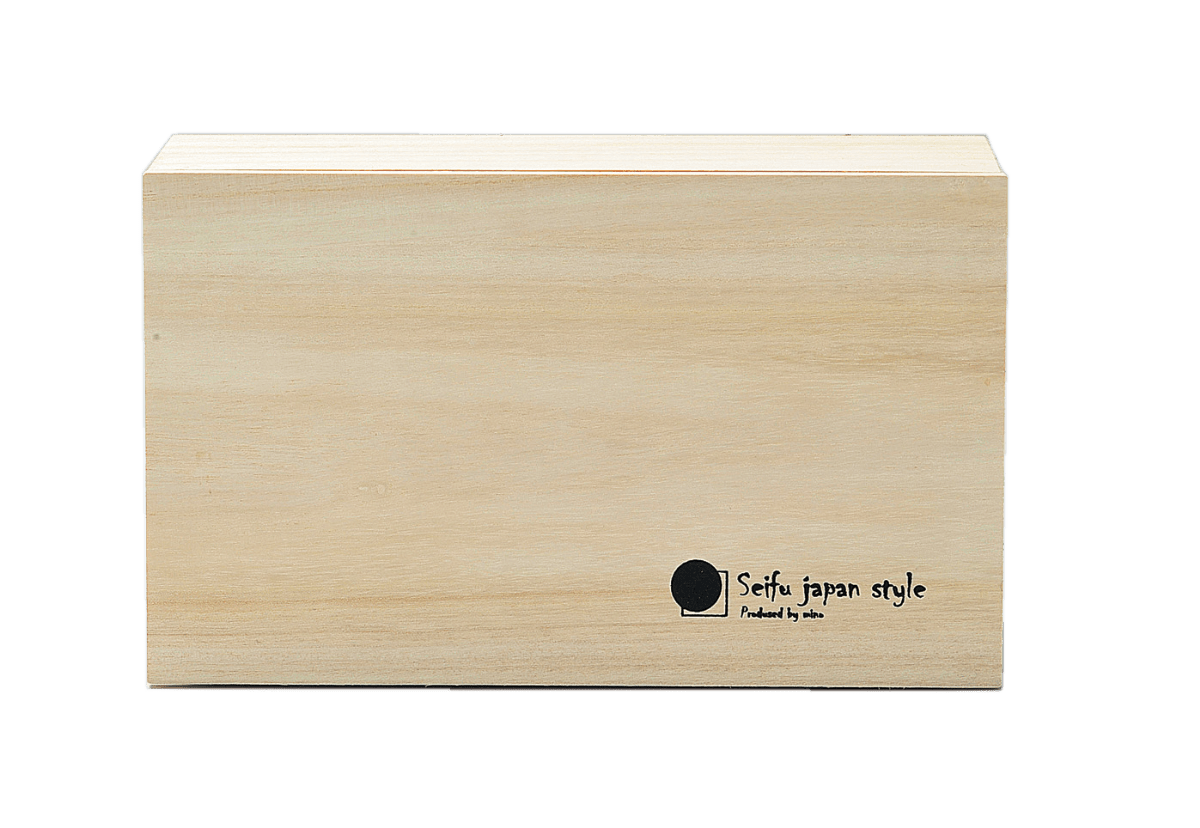
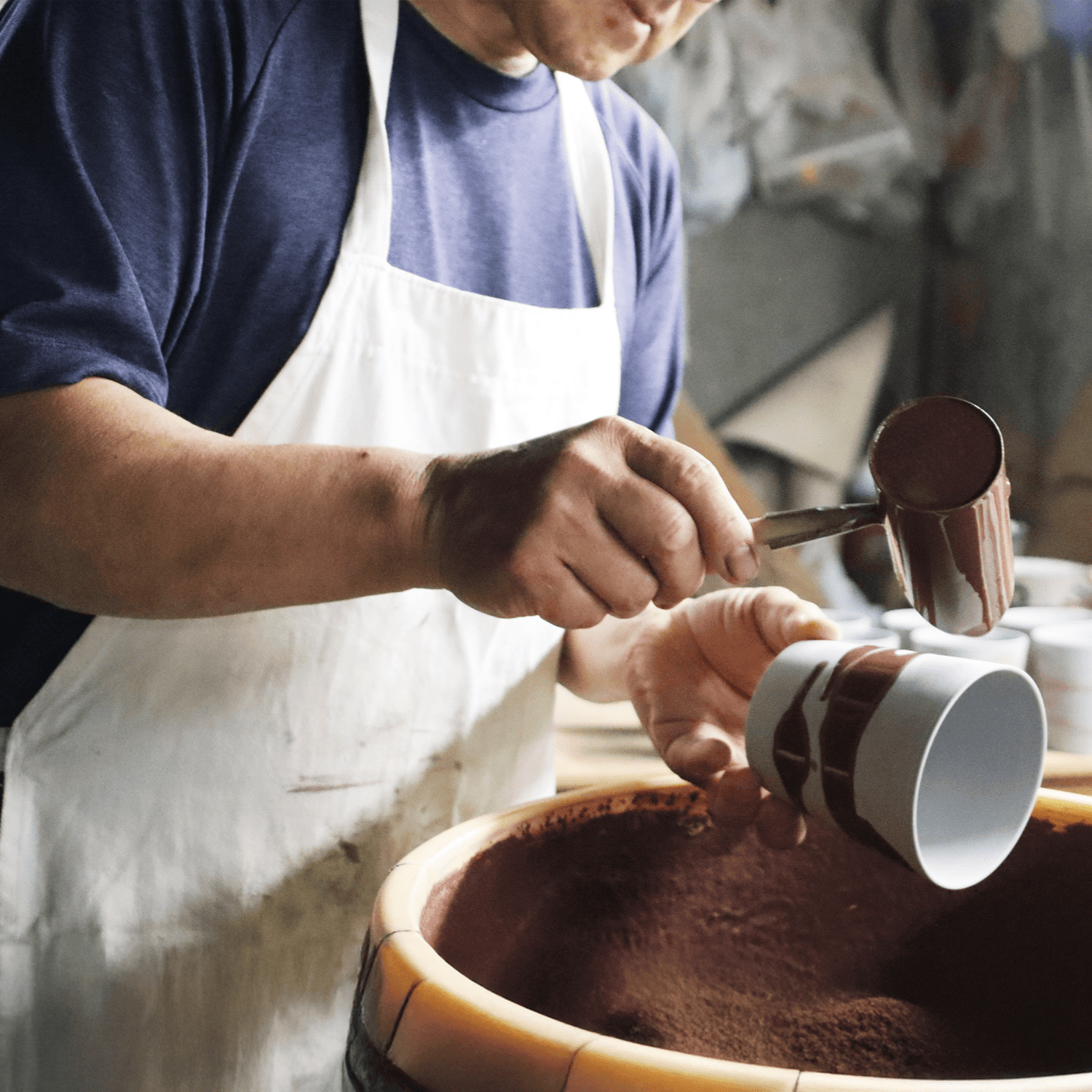
Share: